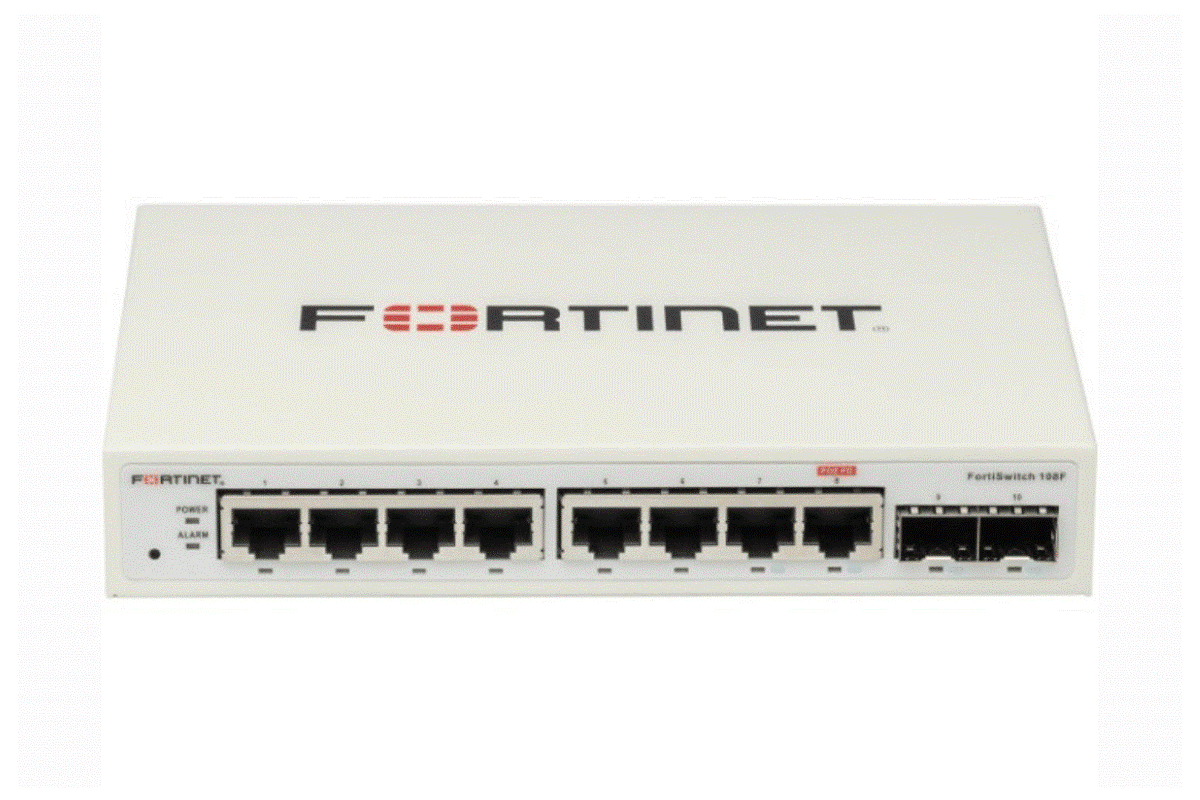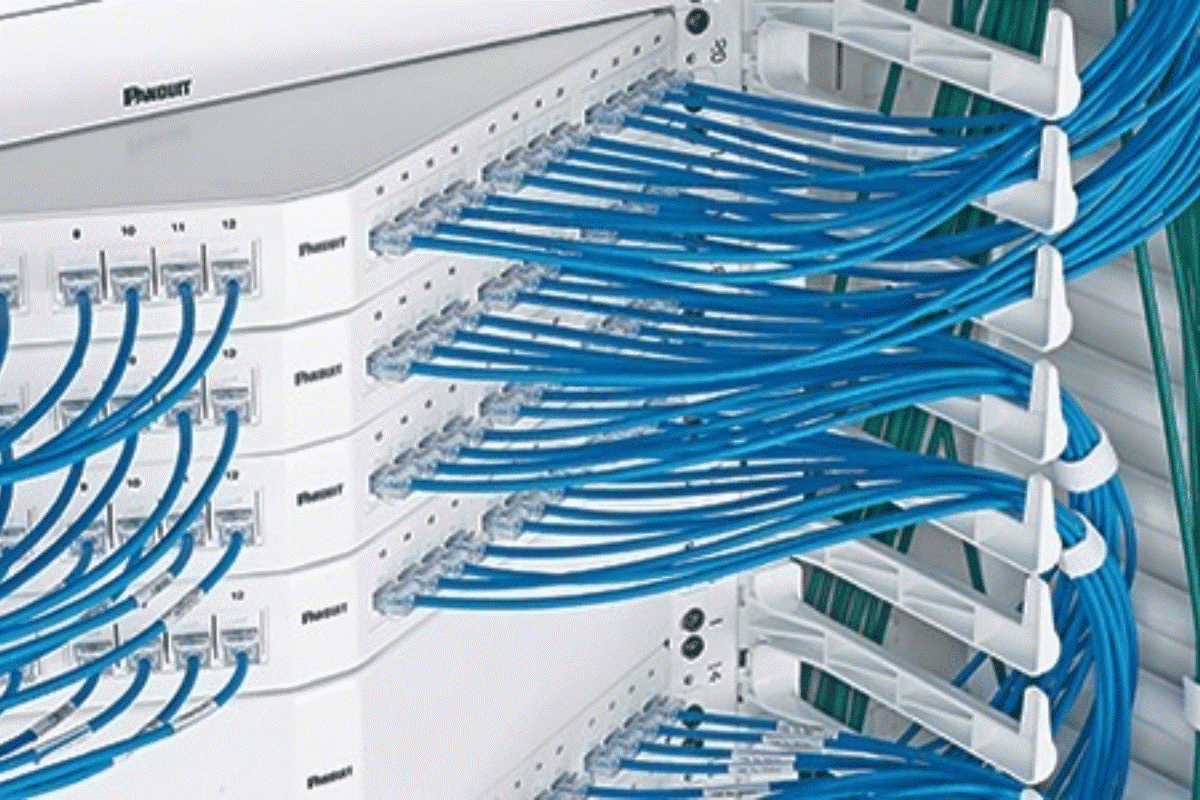
Over the past few years, the world has seen an immense revolution of technology to meet the demands for optical performances in fiber applications. A fiber optic splitter is one of the game changers. A fiber optic splitter popularly known as the beam splitter is a kind of optical device that distributes signal through an optical fiber to two or more optical signal outputs. The incident light mean splits into two or more fiber splitters containing multiple input and output ends.

It is also said to be one of the most vital passive devices in the optical fiber link. Since the splitters contain no electronics nor require any power, they are an essential component and are used widely in most fiber optic networks.
Now that we have brushed through the basics, let us tell you how many fiber optic splitters are available. According to the technology point, there are two variations to the fiber optic splitter-
Fused Biconical Taper (FBT) & Planar Lightwave Circut (PLC).
Fused Biconical Taper splitters is a kind of conventional technology in which two or more fibers are attached closely by applying heat while the assembly is being extended and tapered.
A signal source is used to resolve the point at which the apt coupling ratio has been met, which then stops the process.
As the quality of the FBT splitters has developed over time, they can now be employed cost-effectively. Since they are applicable in both single and multiple-mode fibers and used in passive networks, most specifically where the split configuration is smaller (1×2, 1×4, etc.)
FBT splitters come along with a few setbacks of their own
They only support three wavelengths (850, 1310, 1550 nm) which does not let them operate on any other wavelength and demands a stable working range of -5 to 75-degree celsius sensitive to a high extent temperature.
A drawback occurs when using a larger configuration (1×16, 1×32, 1×64). The number of splits is limited to a single instance. So to achieve that several quality splits are spliced together to acquire a larger split configuration. As a result, there is excess loss from the splices and the physical size increases due to various splitters. For such instances, PLC splitters are more advisable. Due to a lack of management, the perfect evenness in splitting signals is impossible.
Planar Lightwave Circut splitters are the recent technology splitters that are more applicable and offer a better solution where larger split configurations are required. To conquer this, waveguides are developed using lithography onto a silica glass substrate allowing specific percentages of light due to which PLC offers very accurate and even splits with nominal loss in an economical package.
They are more efficient in an obvious way since they have a flexible working wavelength, good stability, low-temperature loss, and a smaller failure rate which makes them a more preferable choice.
The temperature for PLCs ranges from -40 to 85 degrees celsius allowing for their exertion in extreme climates. In addition to that, the signals can be split equally due to the technology implemented.
Now there are several disadvantages to PLC splitters as well
Since they are fabricated by semiconductor technology (lithography, etching, developer technology), it is more complex to manufacture them. The first disadvantage itself leads to a higher price for a splitter.
This is not where the blog ends. The PLC splitter has some more information to provide you with. They have 5 different typical splitters and we are going to let you in on each of them right about now.
So the first one is a Bare Fiber Optical Splitter. This splitter has no connector whatsoever with the bare fiber ends which is exactly why it requires a thorough set of protection in its carrying case and on the device. It has minimal space occupation due to its compact size and also reduces installation charges at the same time. It is commonly used for FTTH, PON, LAN, CATV, test equipment, and other applications.
Moving on is the Blockless Fiber Splitter. Even though it has a similar appearance to that of a base fiber optical splitter, it provides much stronger fiber protection because of its more compact stainless steel tube package. Its main usage is for various connections above distribution boxes or network cabinets. And lastly, it does not require a fiber optic fusion for installation.
Getting to the third splitter, we have the ABS Module Fiber Splitter. A plastic ABS case that protects the internal cables and optical components. It is minimal and compact and can be acquainted with different installation environments and requirements. Widely used with outdoor fiber distribution boxes for PON, FTTH, FTTX, and GOPN networks.
The fourth splitter is LGX Cassette Fiber Splitter.
Equipped with a rugged metal box, this splitter can be used alone or very easily installed in a standard optic fiber patch panel or chassis with no archival splicing or skilled personnel during deployment. It provides a plug-and-play approach to fuse in the network in a way that eliminates the risk during installation.
Last, but not least is a Rack Mount Splitter. Two available rack mount splitters in the market are 1U and 2U, 1U being the preferable one.
1U 19” rack mount splitter type embraces a 19-inch rack unit standard where the PLC splitter is installed and which has a fabulous performance and convenient network installation. This splitter is widely used in EPON, GPON, FTTX, FTTH, etc, and provides an ideal solution for a high-density cabling environment.
WHY CHOOSE ZOOMLINE NETWORKS?
We are sure this whole process of knowing the various types of Fiber Optic Splitters must have been very excruciating. But to your surprise, Zoomline Networks is here to make the whole task of choosing one a lot easier. We are the best fiber splitter distributor in UAE.
At Zoomline, we provide you with the most exclusively qualified experts to manage your specific requirements. As you may know by now that the fiber optic splitter is a passive device that plays a very significant role in many optical networks, which is why we are invested in ensuring to provide you with the top-drawer fiber splitter important for your business to run successfully.
We always make sure to embrace our customers with high-end quality and reliable splitters to make sure they ace their business. When you choose Zoomline, you are benefited from the industry’s leading expertise, excellent customer support, and first-class service.
We merge with our customers to offer kinship and tailor-made solutions to their current needs and are in keeping with the requirements of future networks. We ensure to deliver you high-end performances, flexible configurations, easy migration, improved business efficiency, and scalability like no other network.
Widen your network without hassles with Zoomline Networks.
contact: +971 4 325 7866, +971 55 3786444, +971 4 325 7867
Email: sales@zoomlinenetwork.com
Latest Blog Post List
- All Post
- APC UPS
- Aten KVM
- CCTV Cameras
- Copper Cable
- Corning
- D-link
- D-link Router
- Eaton UPS
- Excel Cable
- Fiber Optic Patch Cord
- Fiber Optic Splitter
- Fortinet
- FTTH Cabinets
- Hp Switch
- IP PBX System
- Media Converter
- Molex
- Network Cabinet
- Nexans
- Others
- Panduit Cable
- Power Distribution Unit
- Product News
- Schneider
- Server Cabinet
- Server Rack
- Splicing Machine
- Structured Cabling
- Technology
- Tp-link
- Tp-link Router
- Ubiquiti
- Ubiquiti Router
- Yeastar




